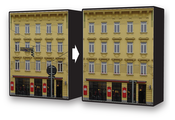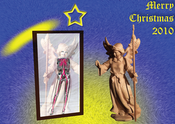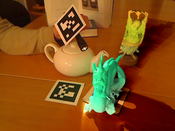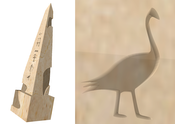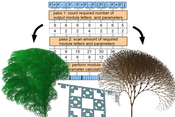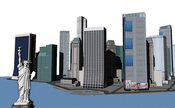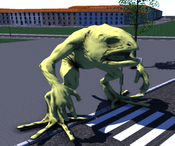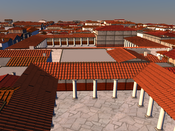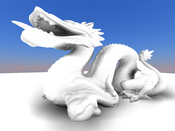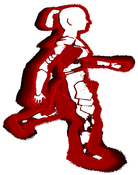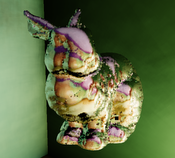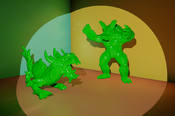Show images of current Projects | Years: 2009 - 2010 - 2011.
VRVis Competence Center
The VRVis K1 Research Center is the leading application oriented research center in the area of virtual reality (VR) and visualization (Vis) in Austria and is internationally recognized. You can find extensive Information about the VRVis-Center here
X-Mas Cards
Every year a christmas card showing aspects of our research projects is produced and sent out.Reciprocal Shading for Mixed Reality
The aim of this project is to simulate the mutual influence between real and virtual objects in mixed reality applications.Detailed Surfaces for Interactive Rendering
In this project we study new representation and rendering methods for surface detail in real time.GAMEWORLD - Procedural Worlds for Games
The aim of the GAMEWORLD project is to procedurally generate cities, villages and other game environments mainly to be used in tomorrow's video games.General Purpose Visibility
Visibility culling is a fundamental problem of computer graphics, and is of crucial importance for many applications, like game development or architectural design. For example, interactively rendering a model containing hundreds of millions of polygons like the Boeing 777 model shown on the cover page is only possible when invisible parts of the model are "culled" away. Solving the visibility problem has been an important research topic for many years, and countless methods have been proposed. Amazingly, most approaches still have more or less serious issues that prevent their widespread use. Preprocessed visibility solutions attempt to solve the problem in an offline step, but are often slow, lack robustness, and are hard to implement. Online culling algorithms have a lot of potential since they can be used on arbitrary scenes, but they induce an overhead during rendering which is unacceptable for applications that strive for optimal performance. We believe that basic research problems remain unsolved until this day for preprocessed visibility as well as for online culling, and the goal of this project is to tackle and solve the majority of these problems. In order to do this, we have to gain more insight into the complex properties of visibility, which are still not entirely understood. Our proposed methods have applications in various fields, like game development, architectural design, urban visualization, or massive model visualization.
SCANOPY - Scan Data Organisation, Processing and Display
The aim of the Scanopy project is to provide efficient algorithms for working with 3D laser scan data. The first main challenge is to improve the quality of raw scan data via filtering, scan completion and repair, making use of image information and symmetries. The second challenge is to and second to develop efficient data structures and algorithm to allow displaying huge point-based models. The third challenge is to improve the appearance of the models via lighting and relighting.

